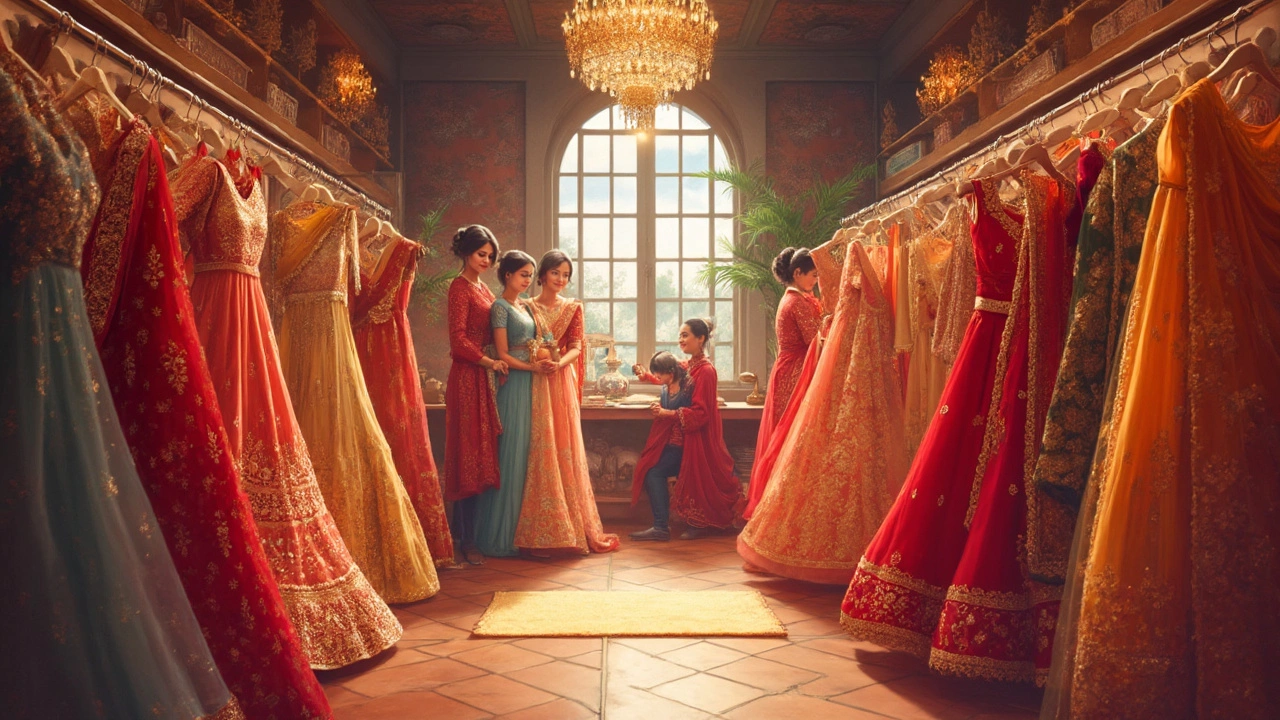Bridal Fashion: Trends, Tips, and Inspiration
When talking about Bridal Fashion, the art of dressing a bride for her big day, from dresses to accessories, with a focus on style, comfort, and personal expression. Also known as wedding dress style, it sets the tone for the entire celebration. Bridal fashion is more than a dress; it pulls together Wedding Attire, the coordinated outfits for the bridal party, groom, and family members that match the event’s vibe, the Groom Fashion, the modern choices for the groom’s suit, tie, or even a tieless look, and the Mother of the Bride Dress, elegant options that complement the bride while honoring the mother’s role. Understanding the Wedding Color Palette, the set of hues that guide everything from flowers to décor and clothing, helps you make decisions that feel cohesive and fresh. In short, bridal fashion encompasses wedding attire, requires a solid color palette, and is influenced by how the groom and mother of the bride dress.
Key Elements of Modern Bridal Fashion
First up, the dress itself. Today’s brides are mixing classic silhouettes with unexpected fabrics—think lace‑trimmed silk or subtle metallic threads. That shift mirrors a bigger trend: comfort meets couture. When you pair a fitted bodice with a flowy train, you get a look that’s both dramatic and wearable for a long ceremony. Then there’s the accessorizing game. Simple pearl earrings, a delicate veil, or a statement hairpiece can turn a basic gown into a personal style statement. The same principle applies to the groom. A slim‑cut suit in navy or charcoal, paired with a pocket square that mirrors the wedding color palette, adds a coordinated pop without stealing the spotlight. If you’re skipping the tie, make sure the shirt’s texture and the jacket’s lapel style keep the outfit balanced.
Don’t forget the mother of the bride. She’s often the first to set a tone for the family’s look. A midi dress in a complementary shade of the wedding palette works well, especially when it features subtle details like a beaded neckline that matches the bride’s embellishments. This creates visual harmony while letting each family member shine in their own way. Speaking of harmony, the wedding color palette is the glue that holds everything together. Whether you choose soft pastels, bold jewel tones, or a minimalist black‑and‑white scheme, that palette should inform the dress fabrics, suit textures, and even the tiny details like boutonniere flowers. When the palette is consistent, every element—from the bride’s veil to the groom’s cufflinks—feels intentional.
Finally, bring it all together with a timeline that gives you space to try on, adjust, and finalize each piece. Schedule a fitting for the bride’s dress at least three months out, then book a second session after any alterations. The groom should have his suit ready a month before the day, allowing time for any tailoring tweaks. The mother of the bride can schedule her dress fitting alongside the bridesmaids to keep the look cohesive. By syncing these appointments with your color palette decisions, you avoid last‑minute stress and ensure every outfit matches the overall vibe. Below, you’ll find a curated list of articles that dive deeper into budgeting for your look, mastering suit colors, handling photography expectations, and more—each one offering actionable advice to help you turn your bridal fashion vision into reality.
Ever wonder why so many brides splurge on expensive wedding dresses? This article digs into the reasons behind the price tag—from cultural traditions to social media pressure. You'll find interesting facts about what's actually driving those costs. Plus, get tips for making smart decisions when it comes to your own bridal shopping. If you're curious about what goes into picking that dream dress, this is for you.
